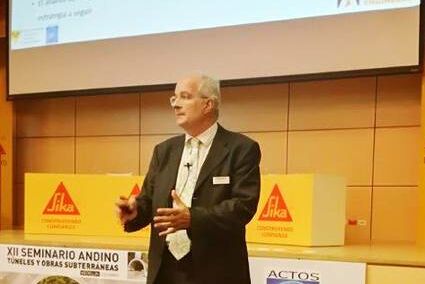Short tunnels are often more complex, technically speaking, than longer tunnels. The importance of these structures and systems is frequently underestimated as many different aspects must be taken into account.
- In short tunnels, for example, the control centre is not located in the immediate vicinity of the tunnel. In addition, the intervention forces responsible for events such as fires, accidents with hazardous materials or traffic accidents are located further away from the tunnel than is the case for long tunnels, where they are commonly directly at the tunnel entry. Moreover, the personnel involved typically do not have detailed knowledge of the structures found in their jurisdiction.
- A second problem is the tunnel ventilation. A short tunnel is ventilated longitudinally while in a long tunnel, smoke can be exhausted at the site where it arises. Longitudinal ventilation cannot ensure complete protection of persons in the event of traffic jams or two-way traffic because the smoke cannot be exhausted at the seat of fire. This can endanger road users blocked in the tunnel.
- A third point frequently concerns the longitudinal gradient: It is much more difficult to control the spread of smoke in tunnels with a large gradient.
Solutions
- The ventilation strategy must be adapted to suit each individual tunnel and must also take the development of a possible fire over time into account.
- Additional, more advanced sensors can often offer more safety. Events can be detected more quickly. The alarm is sounded immediately after the fire breaks out. This means no valuable time is lost through self-rescue or initiating technical measures and interventions.
- Effective communication with people in the tunnel also plays a central role. Modern loudspeaker systems installed inside the tunnel are gaining importance in this respect.
- Of course, additional emergency exits also offer greater safety. This measure, however, generally entails considerably more effort.
The lecture presented by Marco Bettelini generated a great deal of interest amongst the congress attendees. Undoubtedly a significant reason for this is that the region of Antioquia, of which Medellín is the capitol, is very mountainous and has many tunnels. A great number of these are relatively short and have significant longitudinal gradients. The lecture was followed by lively discussion.



